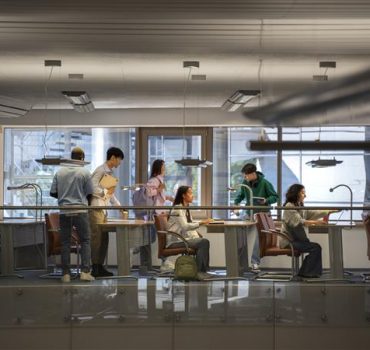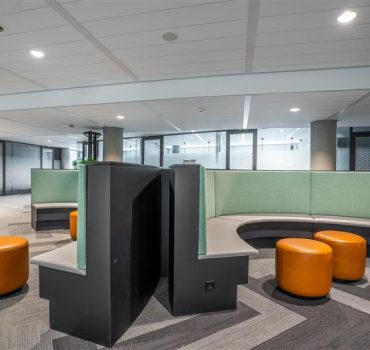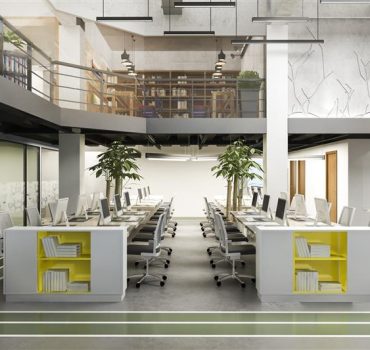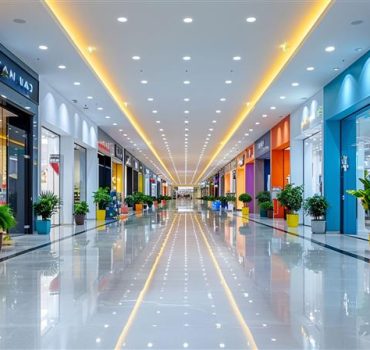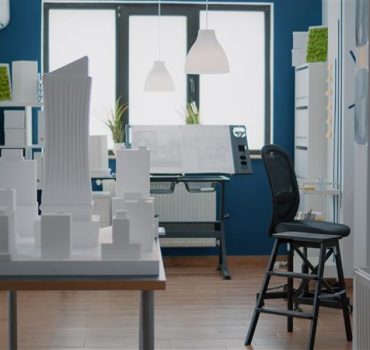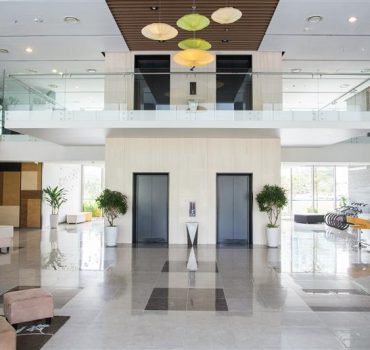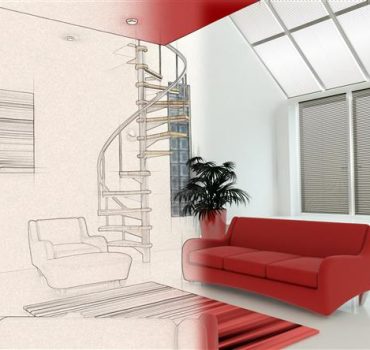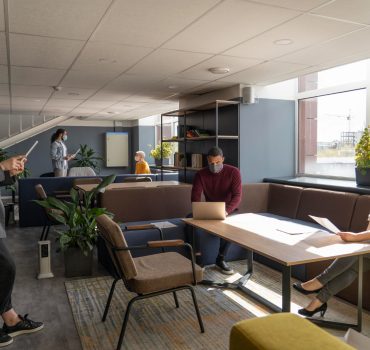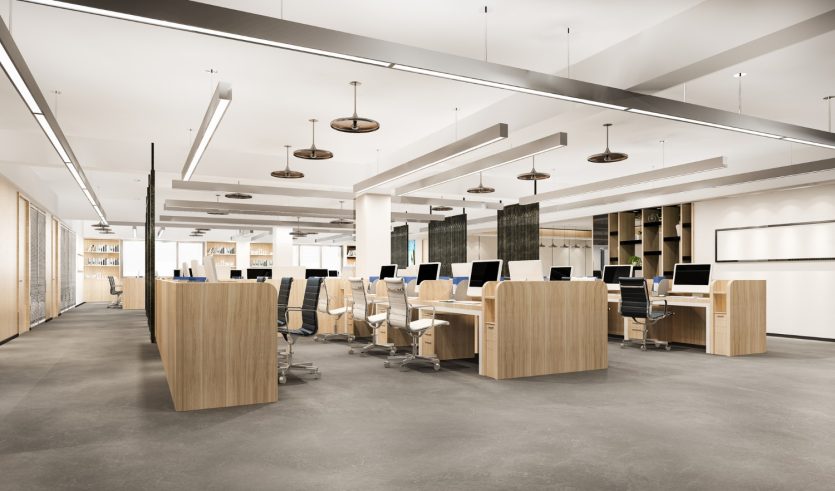
Synopsis
In today’s business environment, office interior design is far more than choosing furniture—it’s a strategic tool that drives productivity, brand culture, and employee satisfaction. From startup spaces to corporate headquarters, a well-designed commercial interior blends functionality with creativity. This blog explores the power of commercial interior decorators in transforming dull workplaces into thriving hubs of collaboration and focus. We will delve into how corporate interior design fosters team energy, how commercial interior design services optimise layouts for performance, and the latest trends in commercial office interior design. If you’re seeking insight into how to make your workspace future-ready and employee-centric, this is your guide.
Table of Contents
ToggleWhy Office Interior Design Influences Business Success
Office interior design sets the tone for your work culture. A well-planned environment increases employee motivation, reflects your brand personality, and improves overall performance through smart spatial planning and visual comfort.
The Role of Commercial Interior Decorators
Commercial interior decorators bring a creative lens to business interiors. They interpret brand values through furniture selection, textures, lighting, and colour palettes—enhancing both user experience and visual appeal.
What Makes a Great Corporate Interior Design
Corporate interior design balances prestige with practicality. It must represent professionalism while ensuring staff well-being, incorporating quiet zones, collaboration corners, and technology integration into a unified workspace.
Commercial Office Interior Design Trends
Today’s commercial office interior design includes biophilic elements, agile seating, soundproof pods, and ergonomic layouts. These promote wellness, focus, and adaptability in evolving hybrid work models.
Functional Design: Layout, Flow, and Zones
A good commercial interior maximises every square foot. It defines work areas, social spaces, and circulation paths for easy navigation. Lighting, acoustics, and storage are tailored to your operational style.
Importance of Commercial Interior Design Services
Professional commercial interior design services help businesses avoid layout inefficiencies and costly reworks. They align spatial planning with branding, compliance, employee needs, and future expansion goals.
How Design5 Helps Businesses Transform Workspaces
Design5 integrates aesthetics, productivity, and brand language into every office interior design project. From open-plan offices to niche corporate spaces, we customise each space with thoughtful execution and striking impact.
Why Choose Design5 for Your Next Office Design
Design5 is trusted by businesses for its strategic approach to commercial interior design. With expertise in planning, project execution, and bespoke styling, we deliver value-driven, people-first interiors that support business growth.
FAQs
What makes modular kitchen interiors better than traditional layouts?
Modular kitchen interiors offer flexibility, customisation, and efficient use of space. They are easier to install and maintain, and come with modular units that cater to specific functions. You can easily adapt the layout to your home’s needs. From storage to appliances, everything is well-planned. This makes them a practical and stylish choice for modern homes.
What services do commercial interior decorators offer?
They offer space planning, concept design, furniture and lighting selection, branding integration, and complete execution. Their role is to create a cohesive space that serves both form and function.
How does corporate interior design differ from regular office design?
Corporate design focuses on reinforcing brand identity and supporting executive workflows. It includes boardrooms, reception areas, and leadership spaces that reflect prestige, efficiency, and ethos.
What are key components of effective commercial office interior design?
Important elements include ergonomic workstations, lighting schemes, meeting zones, breakout areas, and space-efficient layouts that support workflow and reduce fatigue.
Why should companies invest in commercial interior design services?
Expert services ensure design accuracy, regulatory compliance, and budget control. They deliver solutions that anticipate future needs and align with evolving workplace dynamics.
Recent Post
- Office Interior Design & Commercial Interiors: Building Spaces That Boost Business
- Office Interior Design & Commercial Interior Solutions: Creating Spaces That Boost Productivity and Image
- Office Interior Design & Corporate Interiors: Crafting Productive Workspaces with Style
- Retail Store Interior Design & Shop Layouts: Creating Immersive Shopping Experiences
- Corporate Interior Design & Office Layouts: Transforming Business Spaces into Brand Experiences

